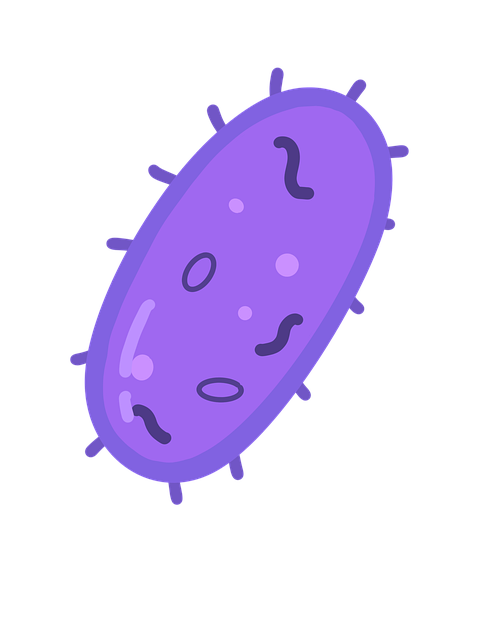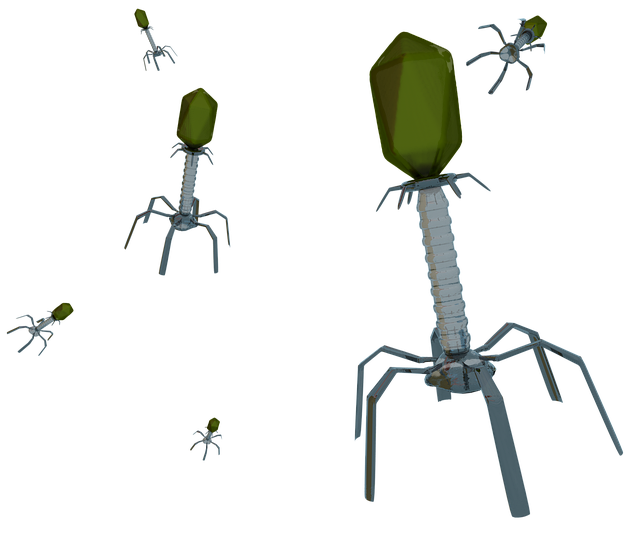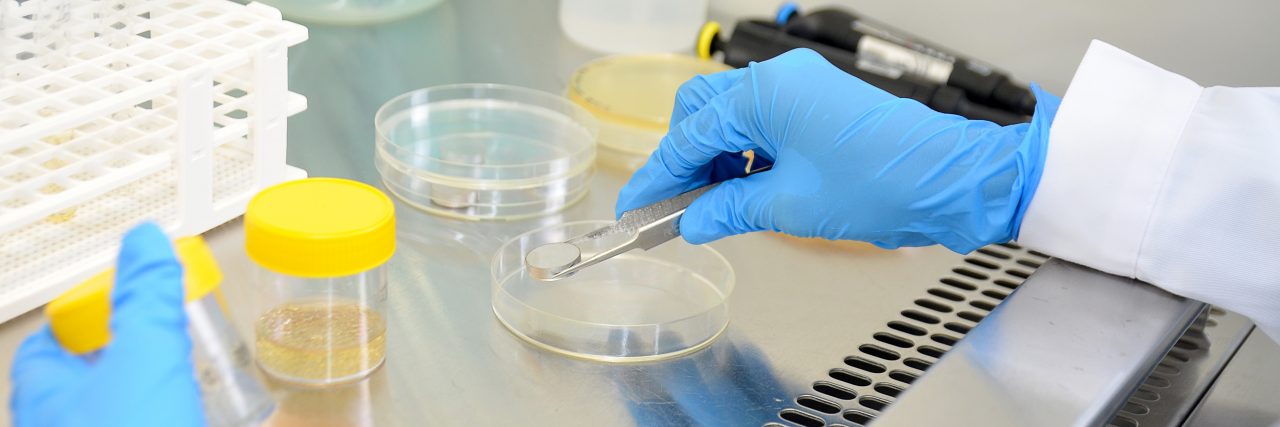There are many commercial disinfectants available for disinfecting surfaces in the food, industrial, domestic, and institutional areas. Disinfection is important in these sectors because it:
- Reduces microorganisms load to an accepted level during food production and avoid microbial contamination to reduce potential harm towards the human health.
- Prevents the transfer of products and/or ingredients through the same operating machine.
- Adheres to legal requirements for food facilities to clean surfaces and equipment to a specific standard.
- Enhances brand value by providing the public reassurance with cleaning and disinfecting common areas.
Can I Use General Disinfectants (e.g., Environmental Surfaces and Household) for Disinfecting Food Contact Areas?
Not all disinfectants are suitable to be used on food contact surfaces because some of these disinfectants may leave behind a toxic residue during or in the food production process; food-grade disinfectants are specifically formulated to be toxic-free. The intended use and toxicological risks of food and non-food contact surfaces disinfectant do vary from one another. Thus, it is important to read the product label before application, as it specifies the appropriate intended-use of the product.
Do I Need to Clean the Surface Prior to Disinfecting Them?
Yes, a suitable detergent is recommended to be used to clean soiled surfaces prior to disinfecting as they may reduce the microbial load by 3-4![]()
 logs (that’s 99.9 to 99.99 %!) per cm2 of surface. Moreover, did you know that some disinfectants have antimicrobial activity and detergent action combined? That said, we would recommend a two-stage approach—cleaning followed by disinfection—for a better outcome. Have a read here on which active substances in disinfectants may not work well when exposed to organic material.
logs (that’s 99.9 to 99.99 %!) per cm2 of surface. Moreover, did you know that some disinfectants have antimicrobial activity and detergent action combined? That said, we would recommend a two-stage approach—cleaning followed by disinfection—for a better outcome. Have a read here on which active substances in disinfectants may not work well when exposed to organic material.
Are the Commonly Used Active Substances in Disinfectants in the Food Industry Toxic?
Yes, here are some of the active substances and their toxicity effect:
- Chlorine compounds (calcium and sodium hypochlorite) are skin and respiratory irritants.
- Mixtures of peroxides and peroxyacid (PAA) are corrosive and hazardous to skin depending on the wetting agents used.
- Acid anionic sanitizers are corrosive and hazardous to skin depending on the wetting agents used.
- Carboxylic acid is corrosive and hazardous to skin depending on the wetting agents used.
- Hydrogen peroxide can cause skin irritation.
- Quaternary ammonium compounds can lead to respiratory and skin irritation.
- Iodophors can cause bleaching of skin or irritation depending on the wetting agents used.
However, the rise of these toxicity effects may be due to inappropriate use of the disinfectants and so consumers are highly advised to handle these products with care and follow the manufacturer’s instruction provided on the label. Read our blog here to know more on the pros and cons of the different active substances of disinfectant.
What are the European Standards I Should Test My Product With?

Disinfectants in these areas should at least have bactericidal and yeasticidal activity as a minimum requirement. In the food industry, the significant target organisms are Salmonella sp., Listeria sp., and Campylobacter jejuni. However, these targeted microorganisms are considered to be more easily killed than the standard obligatory organisms therefore, testing against the reference bacteria is sufficient to claim effective against the aforementioned target organisms.
Additionally, the European standards for the food industry to date have only incorporated bacteriophages in virucidal testing (important in the dairy industry), but general virus claims can be demonstrated with the medical area test method EN 14476 incorporated with targeted viruses.
| PRODUCT | SPECTRUM OF ACTIVITY | |||
| BACTERICIDAL | YEASTICIDAL/FUNGICIDAL | VIRUCIDAL | SPORICIDAL | |
| Surface disinfectants without mechanical action (Clean and dirty conditions) | EN 1276 & EN 13697b | EN 1650 & EN 13697b | *** | EN 13704 |
| Surface disinfectants with mechanical action (Wipe products) | EN 1276 | EN 1650 | *** | *** |
| Products used for ‘cleaning in place’ | EN 13610 (bacteriophages) | EN 13704 | ||
| Hygienic handwash | EN 1276 & EN 1499 | EN 1650 (Yeasticidal) | *** | *** |
| Hygienic handrub | EN 1276 & EN 1500 | |||
| Products used in breweriesa | EN 1276 & EN 13697 | EN 1650 & EN 13697 | *** | EN 13704 |
| Products used in the beverage and soft drinks industrya | ||||
| Products for use in dairiesa | EN 13610 (bacteriophages) | |||
| Products used in the manufacture of cosmeticsa | *** | |||
| Products used in the pharmaceutical industrya | ||||
| a The obligatory conditions have to be carried out before additional conditions for a specific use b Where applicable *** No relevant standards currently available |
||||
How Can I Test for Disinfectant Wipes in the Food, Industrial, Domestic & Institutional Areas?
As of to date, there are no specific standards to evaluate the efficacy of disinfectant wipes in these industries. However, TECOLAB assists our customer requests by recommending an adaption of the medical area test method EN 16615 by incorporating reference microorganisms from these 4 areas. Prior to the adaption, liquid disinfectants used to impregnate these wipes are tested according to EN 1276 and EN 1650 to assess the bactericidal and fungicidal activity of the surface disinfectant, respectively.
For further information and assistance, do not hesitate to reach us as we are able to provide efficacy tests to suit your product needs. TECOLAB offers efficacy tests for products that have disinfectant properties suitable for use in food, industrial, domestic, and institutional areas according to the European Standards. Contact us to find out more.
Reference
1. Araújo, P. A., Lemos, M., Mergulhão, F., Melo, L., & Simões, M. (2013). The Influence of Interfering Substances on the Antimicrobial Activity of Selected Quaternary Ammonium Compounds. International Journal of Food Science, 2013, 1–9.
2. Gaulin, C., Le, M., Shum, M. & Fong, D. (2011). Disinfectants and Sanitizers for Use on Food Contact Surfaces. Retrieved from https://www.ncceh.ca/sites/default/files/Food_Contact_Surface_Sanitizers_Aug_2011.pdf
3. Pujato, S., Quiberoni, A., & Mercanti, D. (2018). Bacteriophages on dairy foods. Journal of Applied Microbiology, 126(1), 14–30.

